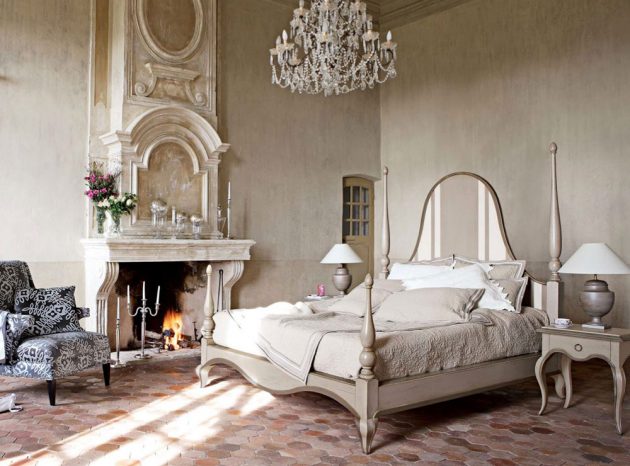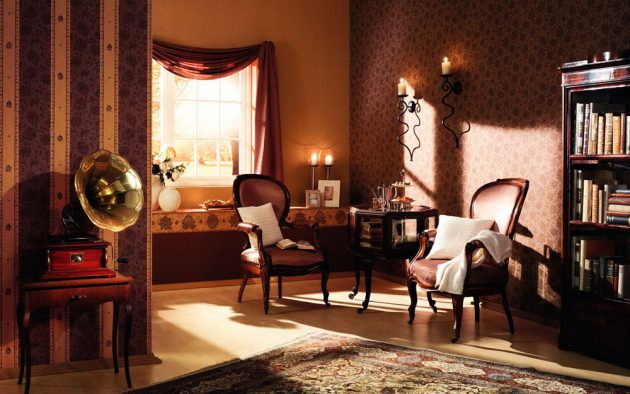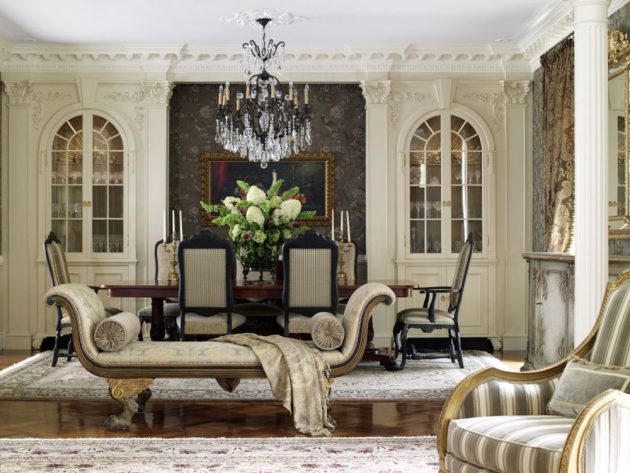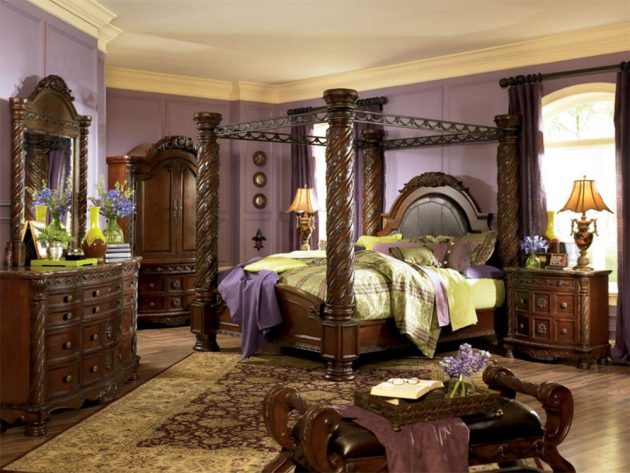Before talking about the preservation of antiques, one must know what makes it valuable in the first place. Depending on the collectors, the original state of the antique might be what matters most. Some believe that it is understandable that an antique is not perfect, that is has signs of wear and tear such as craquelure or fading. For others, the condition in which the piece is might be more important. In such cases, it is important to restore an item even if it is no longer original. To decide how to preserve your antiques, assess what is most important for you: the look of the piece, its practicality, or its monetary value. Sometimes, it is possible to compromise among these three.

It seems that whatever means of preservation you chose to use, the most important aspect to protect the value of your antiques is to preserve its patina, which is described as the natural wear of the wood over the years. The different shades of colouring in an antique, the darker areas where it was protected from the sun, or the smoother surfaces are all elements that constitute the patina. Some collectors consider cleaning or restoring antiques as a crime, but it can be done without affecting their value if an expert is used.
If you take proper care of your antiques, restoration might not be needed. Here is what to do:
Dust often – Leave the natural or original finish alone, use an old cloth and wipe the dust off regularly. Do not use over the counter product or spray as they damage the wood, especially if they contain oil.
Polish your antiques once or twice a year – use bees wax or French polishing products that you apply, let dry overnight and buff the next day.

Regulate the temperature and humidity – drastic changes in temperature or in humidity levels can damage the wood. This is more likely to happen during transportation so make sure your antiques are well-protected when you are moving them from one place to the next. As for humidity, a dry environment might cause the wood to crack or split while too much humidity might make it warp.
Protect your antiques from direct sunlight – the sun will fade, dry or even make the finish crack on your favorite antique. To avoid such damage, keep the curtains closed, especially when you are not using the room and rotate your furniture so each side gets the same amount of sun. This will not prevent fading, but might make it more uniform.
Inspect your furniture often – take the time to regularly look for signs of damage on your antiques. Water can cause damage, so if something wet is deposited on your antique, dry it promptly. Wood worms may take residence in your antique, leaving tiny holes behind. The veneer may lift or crack, a definite sign that your antique needs attention.
If you choose to have your antique restored, select a company with a good reputation. Look around for someone who will transport your furniture with care, considering changes in temperature and humidity. You must know that this process will be costly and will take time, but it is the only way to proceed if you want to retain he value of your antiques. There are no shortcuts in this case.
















